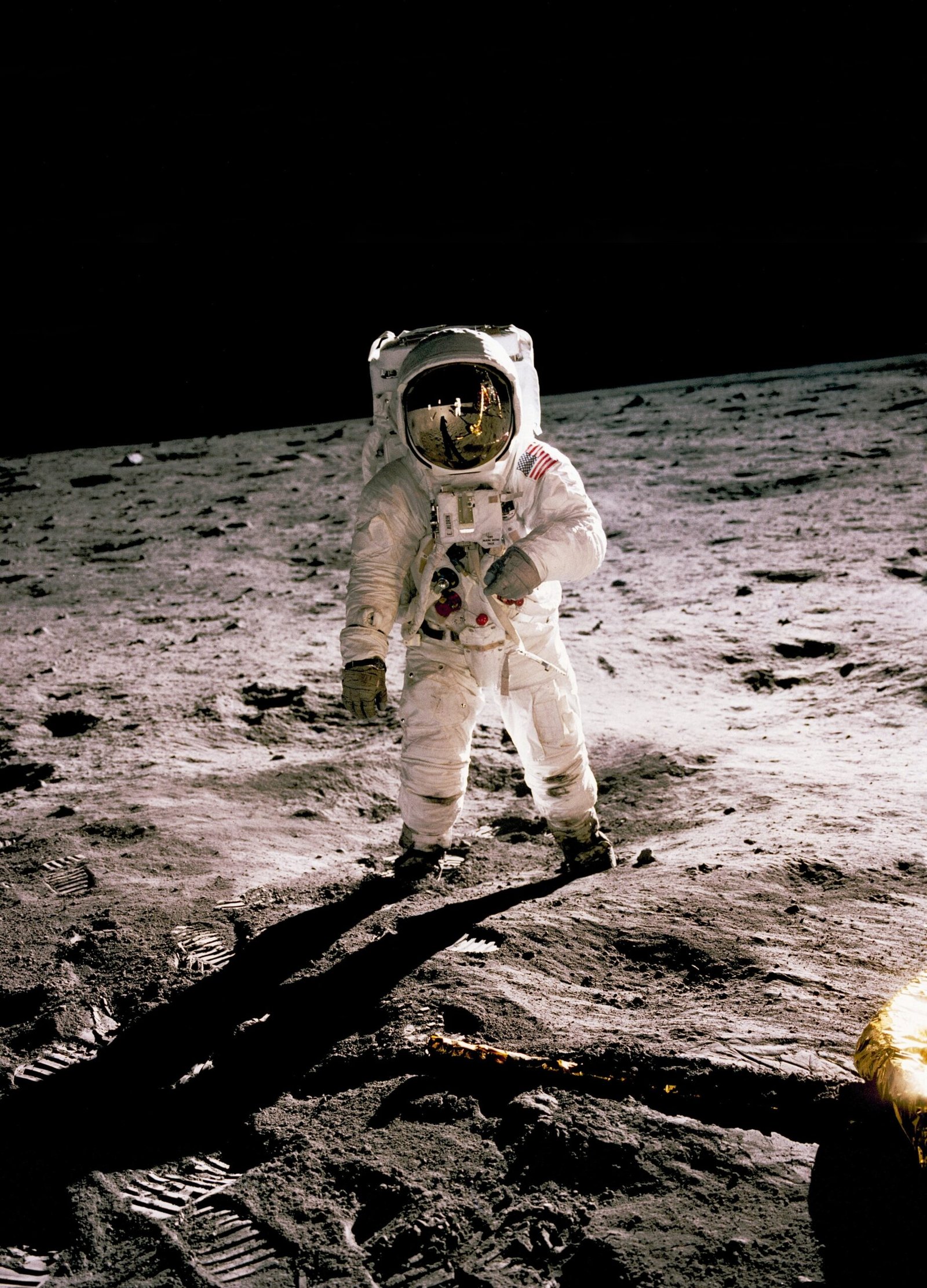
NASA’s Artemis I Mission Successfully Launches, Marking the Beginning of a New Era in Human Spaceflight
On November 18, 2021, NASA’s Artemis I mission achieved a major milestone by successfully launching from Kennedy Space Center in Florida. This historic mission marks the beginning of a new era in human spaceflight and brings us one step closer to returning humans to the Moon and eventually sending astronauts to Mars.
The Artemis Program: A Bold Vision for the Future
The Artemis program, named after the Greek goddess of the Moon, is NASA’s ambitious plan to establish sustainable human exploration on and around the Moon. It aims to land the first woman and the next man on the lunar surface by 2024, and to use the Moon as a stepping stone for future crewed missions to Mars and beyond.
Artemis I: The First Step
Artemis I, also known as Exploration Mission-1 (EM-1), is an uncrewed test flight that will pave the way for future missions. The primary objective of Artemis I is to demonstrate the performance and capabilities of NASA’s Space Launch System (SLS) and Orion spacecraft, which will be the backbone of the Artemis program.
A Successful Launch
The launch of Artemis I was a momentous occasion that showcased the culmination of years of hard work and dedication by NASA’s engineers, scientists, and industry partners. The SLS, the most powerful rocket ever built, propelled the Orion spacecraft into space, where it will orbit the Moon before returning to Earth.
What’s Next for Artemis I?
Over the course of its mission, Artemis I will perform a series of critical tests to validate the performance and safety of the SLS and Orion spacecraft. These tests include a flyby of the Moon, where the spacecraft will come within a few thousand miles of the lunar surface before returning to Earth.
Benefits of Artemis I
The success of Artemis I will not only pave the way for future crewed missions but also bring numerous benefits to humanity. The technologies and knowledge gained from the Artemis program will advance our understanding of space, enable new scientific discoveries, and drive innovation in areas such as sustainable living, resource utilization, and spacecraft design.
Inspiring the Next Generation
One of the most significant impacts of the Artemis program is its ability to inspire the next generation of scientists, engineers, and explorers. By pushing the boundaries of what is possible in space exploration, NASA is igniting a passion for science and engineering in young minds and encouraging them to pursue careers in STEM fields.
Conclusion
The successful launch of NASA’s Artemis I mission marks the beginning of an exciting new chapter in human spaceflight. With each milestone achieved, we are one step closer to returning humans to the Moon and exploring the vast reaches of space. The Artemis program not only represents a scientific and technological achievement but also serves as a symbol of human curiosity, ambition, and our innate desire to explore the unknown.


